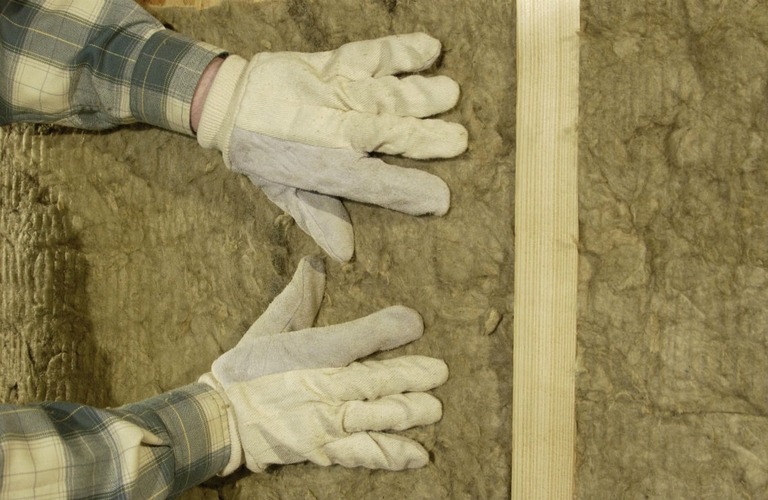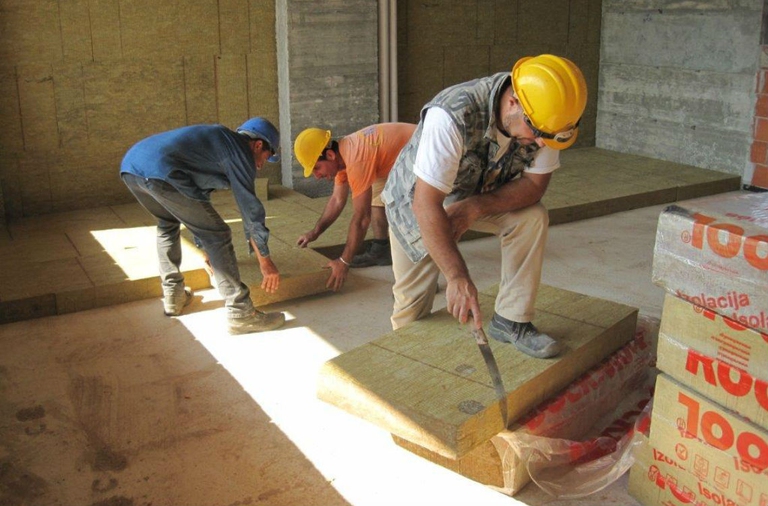
Niseko, Toya-Usu and Shiraoi are three Hokkaido destinations for travellers who want to feel close to the communities they’re visiting.
A natural solution that allows sound and energy insulation in buildings as well as the reduction of energy consumption and emissions.
Rockwool is an insulating material formed by spinning molten volcanic rocks. The final result is a mass of fibres that are treated with mineral resin and oil. This process makes them waterproof, fire-resistant as well as sound and energy insulating. It can be used to insulate attics as well as walls and it gives better results if it’s used with wood.
An excellent solution to cut down energy consumption as well as improving comfort and sound performance even in the field of building renovation.
So, this is a material with an extremely low carbon footprint, since it “allows to save up to 100 times the energy used for its production, preserve energy sources and reduce air pollution”, says Rockwool – one of the leading manufacturer of rockwool globally – during Paris’ World Efficiency Fair.
A tangible proof of the qualities of this product can be seen in the company headquarters, near Copenhagen: the building, realised in the year 2000, was appointed “the world’s most efficient office building”.
Even in Italy there are buildings realised with rockwool, like the wooden building constructed in Arsago Seprio, in the province of Varese, where this material was used to insulate the roofing, internal walls, underfloor and the outer covering. This housing complex of 600 square metres took just a month to be built and includes houses with an energy requirement of 3 kW.
Rockwool can also be used during restoration, as in the case of casa CorTau, a rural building in the province of Vercelli, Northern Italy. The typical building was usually used for housing farming machines and was then turned into a self-sufficient building powered by renewable sources.
“Rock wool is a product meant to last over the years”, explains Jens Birgersson, CEO of Rockwool International. “Even after a hundred years it remains intact and it can be reused. This demonstrates how CO2 emissions are reduced during the life cycle of this product”.
Siamo anche su WhatsApp. Segui il canale ufficiale LifeGate per restare aggiornata, aggiornato sulle ultime notizie e sulle nostre attività.
![]()
Quest'opera è distribuita con Licenza Creative Commons Attribuzione - Non commerciale - Non opere derivate 4.0 Internazionale.
Niseko, Toya-Usu and Shiraoi are three Hokkaido destinations for travellers who want to feel close to the communities they’re visiting.
We talked to World Happiness Summit organiser Karen Guggenheim about the connection between the planet’s health and our happiness.
The new generation of high-performance wood materials offers unexpected hi-tech possibilities to the worlds of design and architecture.
A group of experts in Tokyo suggested pouring radioactive water from Fukushima into the open sea. A marine biochemist explains the consequences of this absurd decision.
By recovering clothes discarded in the West, Togolese designer Amah Ayiv gives them new life through his high fashion creations.
All catwalks in July will be broadcast online: after Paris, it’s Milan Digital Fashion Week’s turn. And the biggest beneficiary is the environment.
Disabled travellers need not fear Japan. Accessible Japan founder Josh Grisdale tells us about his commitment to opening the country’s doors to everyone.
Kalongo Hospital in Uganda is on high alert. Medics are facing the pandemic amid an already precarious healthcare situation, in a country with only 55 intensive care beds.
Indigenous peoples in the isolated region are suffering from poor access to health, with several cities becoming hotspots of coronavirus in the Amazon. Indigenous leaders, health experts and NGOs are calling for international help.









